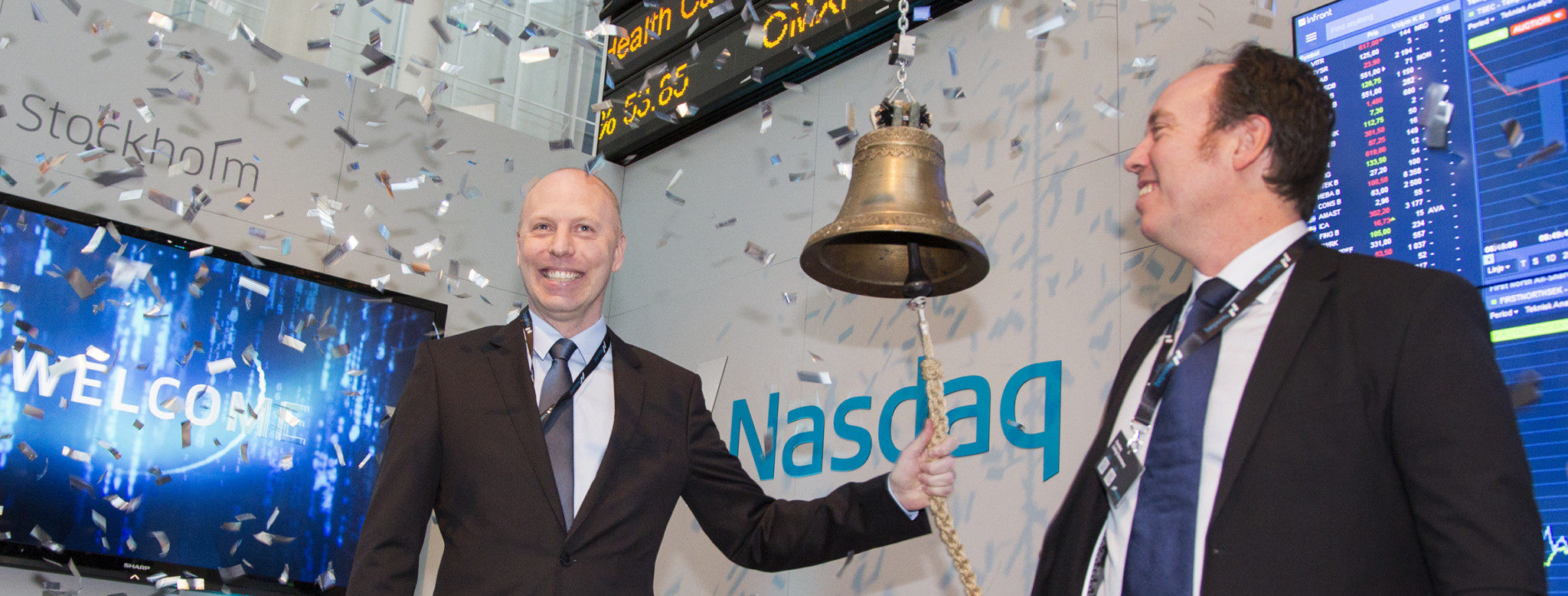Have you ever wondered about the unseen shields that protect sensitive information? Perhaps you've heard whispers of a special kind of security, one that goes beyond typical firewalls or encryption. Well, today, we're going to talk about something pretty important in that world: the tempest group. This idea, you know, it touches on how certain products are made and used to keep vital communications safe from prying eyes or ears. It's about a very specific kind of protection that matters a great deal for national security and government operations.
So, what exactly is the tempest group all about? In a way, it refers to a set of standards and practices aimed at shielding electronic equipment from emitting unintended signals. These signals, you see, could potentially carry sensitive data, making them a risk if someone were to pick them up from afar. This is why, as a matter of fact, the work around "tempest" is so crucial for those who handle classified or very private information.
It's a field that combines engineering smarts with a deep understanding of physics, all to make sure that when you're using a device, its information stays exactly where it should. We'll explore what this means for products, systems, and even how it connects to other ideas of protection, like private search and data encryption. It's quite a fascinating area, honestly, and one that has big implications for how governments and other important groups conduct their business.
Table of Contents
- Understanding the Tempest Group Program
- Why Tempest Certification Matters for Entire Systems
- The Sudden Summertime Tempest and Its Other Meanings
- Tempest in Literature and Its Broader Impact
- Secure Browsing and Data Protection with Tempest Features
- Ensuring Smooth Operations with Tempus Unlimited and Paperworkr
- People Also Ask About Tempest
Understanding the Tempest Group Program
The main purpose of the "tempest" program, as a matter of fact, is to really help businesses. It's all about letting them create, build, and then sell specific "tempest products." These products, you know, have to meet a very particular national standard for tempest. This standard is incredibly important because it means these items can be used by the U.S. government, by NATO countries, and by different government offices and groups. It's a way to make sure that the equipment they use is secure against certain kinds of information leakage, which is pretty vital for their work.
So, the program's objective is quite clear: to make sure that the industry can provide these special products. These products are, in a way, designed to keep sensitive data from escaping as stray signals. This helps keep important communications and operations private, which is, honestly, a big deal for national security. It's about setting a benchmark, you know, that everyone can follow to ensure a consistent level of protection across various systems and devices.
The idea is to foster a market where secure equipment is readily available. This means that when a government department or an agency needs a new computer or a communication device, they can choose from products that have already been verified to meet these strict "tempest" standards. It takes some of the guesswork out of securing their operations, which is pretty helpful, you know, when you're dealing with very sensitive information.
Why Tempest Certification Matters for Entire Systems
Now, here's a really important point about "tempest" protection: the certification, you know, it has to cover the whole system. It's not just about individual parts or components. This is because, apparently, if you connect even one small unshielded part, like a simple cable or a device that isn't protected, to a system that's otherwise secure, it could totally change how the system behaves in terms of radio frequency (RF) characteristics. It's kind of like having a tiny hole in an otherwise strong fence; that one small opening can compromise everything, you know?
So, for example, if you have a computer that's "tempest" certified, but you plug in a regular, unshielded printer cable, that cable could, in a way, act like an antenna. It might then let out signals that the computer itself was designed to contain. This is why the rule is so strict: everything, from the main box to every single wire and peripheral, needs to be considered as part of the secure setup. It's a holistic approach, basically.
This requirement means that when you're putting together a secure system, you can't just pick and choose components based on individual "tempest" ratings. You have to think about how they all work together. This ensures that the overall system truly keeps its information safe, without any weak spots that someone could exploit. It's a pretty rigorous standard, but for good reason, you know, to maintain high levels of security.
The Sudden Summertime Tempest and Its Other Meanings
It's interesting, you know, how the word "tempest" can have different meanings. Sometimes, as a matter of fact, it refers to something totally different from the technical security standard. For instance, the text mentions how a "sudden summertime tempest drove us off the golf course and into the clubhouse." Here, "tempest" just means a really strong storm, a sudden burst of bad weather. It's a powerful natural event, a bit like a sudden disruption, wouldn't you say?
Then there's another use, too, that's not about weather but about human situations. The text talks about how "the town council handled the tempest over cuts to the school budget as well as could be expected." In this case, "tempest" describes a big uproar, a lot of public anger or debate, a kind of social storm, if you will. It's a period of great commotion or disturbance, which can be quite challenging for anyone trying to manage it. So, you see, the word itself carries a sense of strong, perhaps unexpected, disturbance.
These other meanings, you know, give the word "tempest" a broader sense of intense, sometimes overwhelming, activity or feeling. Whether it's a literal storm with wind and rain or a figurative storm of public opinion, the core idea is one of powerful, perhaps uncontrollable, force. It's a word that suggests something big is happening, something that demands attention and a response, which is pretty interesting when you think about it.
Tempest in Literature and Its Broader Impact
The word "tempest" also has a very famous place in literature, as a matter of fact. There's a well-known play by William Shakespeare called "The Tempest." It's a story of shipwreck and magic, and it actually begins on a ship caught in a violent storm, you know, with Alonso, the king of Naples, on board. On a nearby island, the exiled duke of Milan, Prospero, tells his daughter, Miranda, that he has caused this storm with his magical powers. It's a tale that involves revenge, forgiveness, and the idea of control over powerful forces, which is quite a common theme in literature.
This play, you know, "The Tempest," is a drama in five acts. It was first written and performed around 1611. Later, it was published in the first folio of 1623, which was an edited transcript by Ralph Crane, who was a scrivener for the King’s Men acting company. This version came from Shakespeare's own papers after they had been marked up for production. It's pretty amazing to think about how old this play is and how it still resonates with people today.
The play's opening scene, where Ariel, a spirit, is told to "perform'd to point the tempest that i bade thee," really sets the stage. Ariel describes how he "boarded the king's ship," flaming amazement "now on the beak, now in the waist, the deck, in every cabin." He even says he "sometime i'ld divide, and burn in many places, On the topmast, the yards and bowsprit, would i flame distinctly, then meet and join." This vivid description of chaos and controlled destruction, you know, ties back to the idea of a powerful, disruptive force, whether it's a storm or, in a way, a security threat. You can actually read and download "The Tempest" for free, which is pretty neat for anyone interested in classic literature. Learn more about Shakespeare's works on our site.
Secure Browsing and Data Protection with Tempest Features
Beyond the strict government standards, the idea of "tempest" also touches on modern digital security tools. For example, some privacy-focused applications combine private search with tracker blocking technology. This kind of setup, you know, aims to keep your online activities from being monitored by various trackers that follow you across the internet. It's about giving you more control over your digital footprint, which is pretty important these days.
Plus, these tools often include features that encrypt your information across all your devices for maximum anonymity. Encryption means scrambling your data so that only authorized people can read it, even if someone else manages to get their hands on it. This adds another layer of protection, making it much harder for anyone to snoop on your private communications or browsing habits. It's a way to keep your digital life more secure, as a matter of fact.
This kind of "tempest" approach in the digital world is about creating a secure environment for your personal data. It's about stopping those unwanted "signals" or data leaks that can happen when you're online. So, while the original "tempest" was about physical emissions, the concept of comprehensive protection against unwanted information disclosure, you know, extends to how we handle our data in the digital space today. It's a pretty smart way to think about personal security, too.
Ensuring Smooth Operations with Tempus Unlimited and Paperworkr
In a somewhat different context, but still related to the idea of smooth operations and necessary information, we see references to "Tempus Unlimited" and "Paperworkr." "Tempus Unlimited," for instance, exists to provide a continuum of community-based services. These services support the efforts of children and adults with disabilities, helping them live as independently as possible in the least restrictive environment. This is, you know, about enabling a secure and supportive environment for individuals, which is a kind of protection in itself, isn't it?
Then there's "Paperworkr," which uses prompts throughout its application. This is to make sure that all the information "Tempus" needs to process the hiring paperwork of a new worker is captured. The application, apparently, cannot move forward without this necessary information. This ensures that when they do receive the application, it's complete and ready to be processed. It's about preventing gaps or missing pieces, which could, in a way, cause problems later on.
These examples, you know, highlight the importance of thoroughness and making sure all necessary components are in place for a system to work correctly. Just as "tempest" certification demands a complete system approach for security, these other processes also emphasize the need for all required information to be present for smooth and effective operation. It's a way to prevent unexpected issues or delays, which is pretty useful in any process. You can find more information about these kinds of support services here.
People Also Ask About Tempest
What is the main purpose of the Tempest program?
The main purpose of the "tempest" program, you know, is to help businesses create, build, and sell products that meet a specific national security standard. This standard makes sure these products can be used safely by the U.S. government, NATO nations, and various government departments. It's all about preventing sensitive information from leaking out as unintended signals from electronic devices, which is pretty important for secure communications, as a matter of fact.
Why does Tempest certification apply to entire systems?
Tempest certification applies to entire systems, not just individual parts, because connecting even one unshielded component, like a cable or a device, to an otherwise secure system could dramatically change its radio frequency characteristics. This means that single unshielded part could, in a way, allow sensitive signals to escape, making the whole system vulnerable. So, for true security, every piece has to be considered together, which is pretty strict, you know.
What is the origin of the word "Tempest" in this context?
The word "Tempest" in this technical security context, you know, comes from the idea of a "storm" or a "disturbance." It relates to the "storm" of unwanted electromagnetic emissions that electronic devices can create. This "storm" of signals could, in a way, be intercepted to reveal sensitive data. So, the "tempest" program is about calming or containing that "storm" to keep information safe. It's a pretty fitting name when you think about it.



Detail Author:
- Name : Rosanna Toy DVM
- Username : bweber
- Email : jerrell.halvorson@yahoo.com
- Birthdate : 1988-10-24
- Address : 739 Watsica Overpass Apt. 543 North Lazarotown, NE 16581
- Phone : +19472337548
- Company : Aufderhar, Lebsack and Auer
- Job : Library Worker
- Bio : Eos sit cumque occaecati. Dolorem nemo alias omnis voluptatem. Ut in eos est et.
Socials
linkedin:
- url : https://linkedin.com/in/buckridgee
- username : buckridgee
- bio : Itaque sunt quaerat et consectetur sit fugit et.
- followers : 2291
- following : 1502
facebook:
- url : https://facebook.com/ebuckridge
- username : ebuckridge
- bio : Minus rerum vitae delectus dolores natus. Omnis molestiae eos repellat aut.
- followers : 2762
- following : 552
instagram:
- url : https://instagram.com/eddie_xx
- username : eddie_xx
- bio : Maxime commodi quos non aspernatur. Architecto sequi est eos et. Veniam aut qui est vel optio quia.
- followers : 1466
- following : 1344
tiktok:
- url : https://tiktok.com/@buckridgee
- username : buckridgee
- bio : Dolorum beatae dolorum totam officiis aliquid dolores ipsam.
- followers : 5914
- following : 769